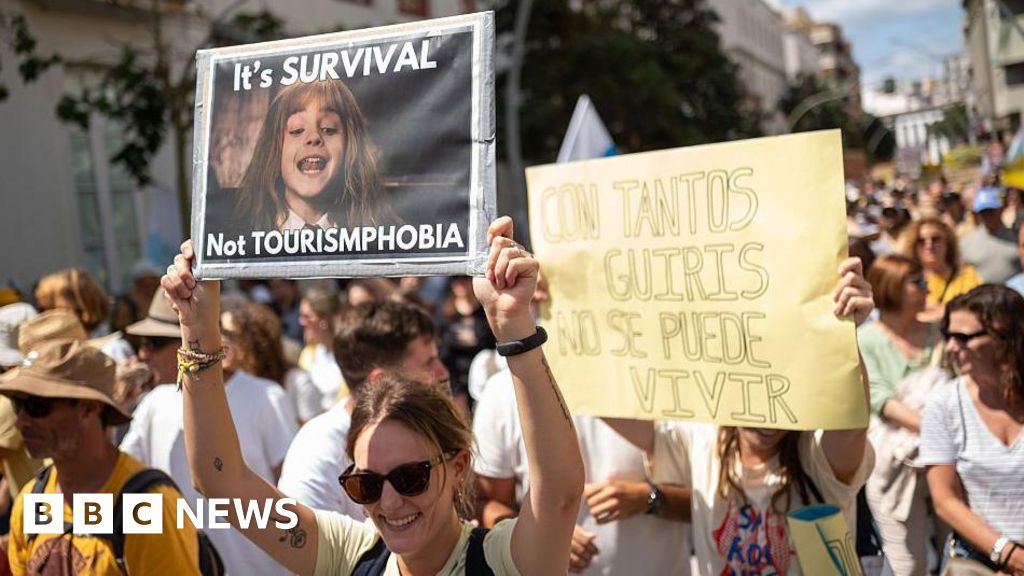Catalan Shrinks in a Growing Catalonia « Euro Weekly News
In 1900, Catalonia had fewer than 2 million inhabitants; today, it is over eight million. This boom, this rise, was not in birth rates but in immigration and increased life expectancy. The population growth has made Catalonia the most culturally diverse and linguistically spoken region in Spain. Yet, besides all this, the Catalans’ proportional presence shrinks, and not in raw numbers but in relative reach. The National Pact for Language from 2003-2023, global knowledge of the Catalan Population aged between 14-34 fell from 48.5% to 39.5%. That is a significant drop of nine points in just the last two decades. 870,000 more young people speak Catalan now, but Catalan is not keeping pace with the people.
Immigration is not new to Spain, and in Catalonia, waves of people from other parts of Spain came in the 1950s to fuel that industrial boom. Then came along the Latin Americans, North Africans, and, as of late, the sub-Saharan Africans and Eastern Europeans. Every wave that has come has contributed to Catalonia’s economy and reshaped its identity.
The tension grows even further. In Madrid or Zaragoza, an immigrant can learn Spanish. In Barcelona, many are uncertain about whether to learn Catalan or are even encouraged to. For decades, Catalonia has promoted bilingualism, and that bilingualism is tilting towards majority Spanish, especially among immigrants and younger generations.
The struggle is not the vocabulary, but the visibility. The ground has been shifting. Catalan remains the primary language for instruction in schools, but many children grow up with other languages, and Catalan becomes a third language, not a shared one.
It would be truly naive to pretend this is just a linguistic problem. The language is deeply political in Catalonia, and a tool for different forms of nationalism.
This result is an interesting irony: language as a tool is being used for exclusion and resistance. At the same time, most Catalans support pluralism and peaceful coexistence. This debate is at the centre of it all. Can a regional language thrive in a global city? Does promoting Catalan mean the exclusion of others? Or does the lack of a firm stance quietly affect the language?
Language won’t survive in schools, but a cultural onboarding strategy can be more shared belonging and not rooted in nationalism. Because language does not thrive by decree, it survives when used, lived, and expected.
So it can survive in education and cultural institutions, but is fading from daily use, especially in urban areas. It is becoming a more romantic relic spoken by the few.
The government invests further in schools, workplace incentives, creative media, and immigrant engagement. Catalan becomes less of a duty and more of a gateway to opportunity.
Catalonia accepts linguistic plurality as more than a resource. Catalan, Spanish, and immigrant languages can coexist, and with a strong support system, Catalan can remain essential.
Catalonia is facing more than a language issue. It is a cultural crossroads where more Catalan is spoken today. But there are also people living there who do not, or cannot, speak it, so that gap is growing. The solution is not to allow languages to compete but to plan, intend, and support the identity, memory, and voice of Catalan.












